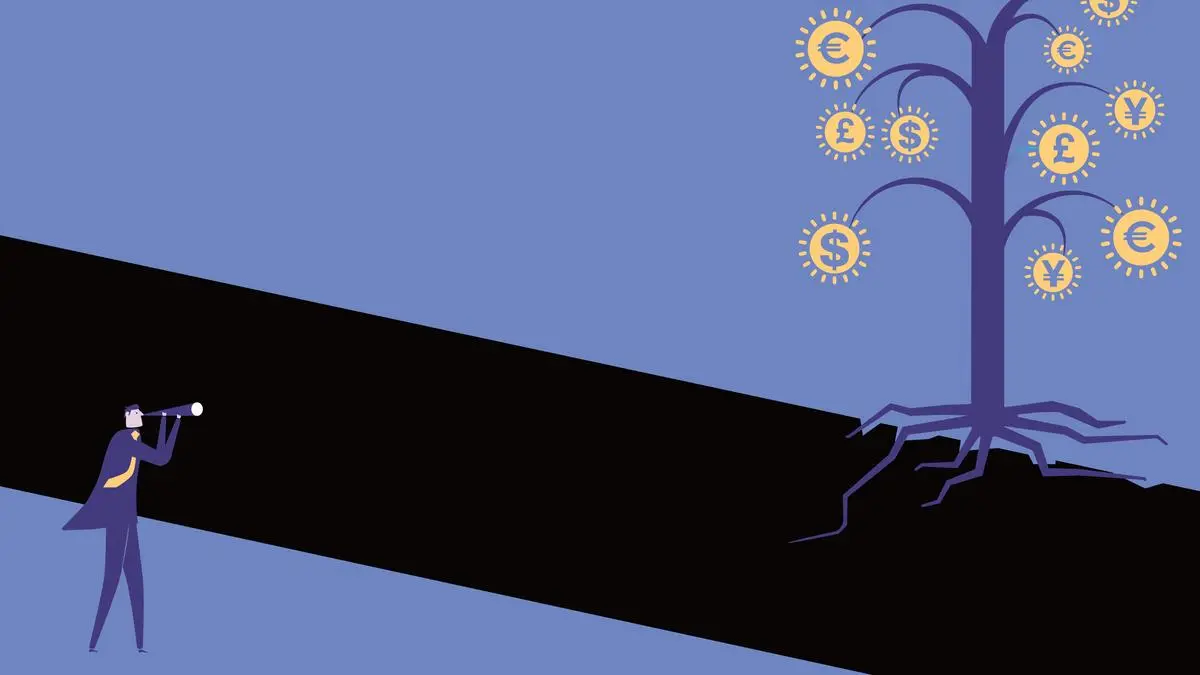Editorial Note: We earn a commission from partner links on Forbes Advisor. Commissions do not affect our editors’ opinions or evaluations.
Keeping a portion of your portfolio in safe investments is a smart source of diversification. When volatility spikes and markets swoon, you’ll benefit from the stability provided by holding safe, highly liquid investment assets.
Low price volatility and little chance of losing your principal investment are the hallmarks of safe investments. They typically have lower returns than riskier assets, but that’s for the best. Investors choose safe investments when they want to protect their capital.
The Best Safe Investments of April 2024
Treasury Bills, Notes and Bonds
- Safety: High
- Liquidity: High
U.S. Treasury securities are considered to be about the safest investments on earth. That’s because they are backed by the full faith and credit of the U.S. government.
Government bonds offer fixed terms and fixed interest rates. Treasury bills, commonly known as T-bills, have maturities of four, eight, 13, 26 and 52 weeks. Treasury notes come in maturities of two and 10 years. Treasury bonds have maturities of 20 to 30 years.
The market for Treasury bills, notes and bonds is larger and more liquid than any other. That means you won’t have any trouble selling Treasury securities if you need to cash out before they reach their full maturity date.
Money Market Mutual Funds
- Safety: High
- Liquidity: High
Money market mutual funds are highly liquid, ultra-safe mutual funds that are a popular choice for short-term cash management needs. They hold short-term debt securities with high credit quality, such as Treasury bills, commercial paper and certificates of deposit (CDs).
Money market mutual funds feature low costs and very high liquidity, but they also offer lower returns than most other types of mutual funds. When market professionals talk about moving parts of their portfolios “into cash,” they typically mean putting it in money market mutual funds.
As with any mutual fund, money market funds cannot guarantee earnings or savings on principal, but their stringent qualifications help them achieve greater principal preservation than other options.
Treasury Inflation-Protected Securities (TIPS)
- Safety: High
- Liquidity: High
Sold in terms of five, 10 or 30 years, Treasury Inflation-Protected Securities (TIPS) are government bonds that do precisely what their name suggests: Protect your money from the ravages of inflation.
With TIPS, the value of your principal rises or falls over the term of the security, depending on the current rate of CPI inflation. The interest rate on each security is fixed, but since the principal fluctuates in value, your interest payments also rise and fall.
At maturity, if the principal is higher than your original investment, you keep the increased amount. If the principal is equal to or lower than your principal investment, you get the original amount back. TIPS pay interest every six months, based on the adjusted principal.
High-Yield Savings Accounts
- Safety: High
- Liquidity: High
While the options listed above offer unbeatable liquidity, no other safe investment offers the ease of access you get with a high-yield savings account. Deposits of up to $250,000 are insured by the Federal Deposit Insurance Corp., which ensures they are ultra-safe investments.
A high-yield savings account is a type of savings account that typically offers higher interest rates than a traditional savings account. The best high-yield savings accounts are typically offered by online banks and credit unions.
Series I Savings Bonds
- Safety: High
- Liquidity: Low
I bonds are a type of U.S. savings bond that aim to keep pace with rising prices. This means they’re specifically designed to help protect your cash value from inflation.
I bonds won’t ever lose the principal value of your investment, either, and the redemption value of your I bonds won’t decline. Plus, they’re exempt from state and local income taxes, and the interest earned is added to the value of the bond twice a year, making the principal amount that you earn interest on higher every six months.
While I bonds are very safe investments, they aren’t nearly as liquid as the options above. You cannot cash out your I bonds until you’ve held them for one year. To receive all interest due you must own them for at least five years—if you cash out somewhere between one and five years, you’ll forfeit three months worth of interest.
Certificates of Deposit (CDs)
- Safety: High
- Liquidity: Low
Certificates of deposit combine decent interest rates with guaranteed return of your principal, and they also benefit from FDIC insurance on balances up to $250,000.
While these qualities make CDs a very safe investment, they are not considered to be very liquid assets. They offer a range of terms, from three months to ten years, but withdrawing the principal ahead of the maturity date often means paying early withdrawal penalty fees or forgoing interest payments
CDs are best for short-term financial goals when the maturity date matches your time horizon—that is, when you believe you’ll need your cash.
Investment-Grade Corporate Bonds
- Safety: Moderate
- Liquidity: Moderate
Investment-grade corporate bonds are fixed income securities sold by companies to fund their operations. These types of fixed-income securities are highly rated by credit rating agencies, which evaluate the financial health of the issuing companies. Investment grade means the companies are very likely to pay you interest and return your principal.
Since companies can and do go bankrupt, corporate bonds are less safe than the options listed above. But unlike stocks, companies are still required to make timely payments to bondholders.
If companies run into trouble, they could face credit rating downgrades, which could possibly make their bonds no longer investment grade. In exchange for these higher risks, potential returns are better than the options above. And the market for investment-grade corporate bonds is considered to be very liquid.
What Is a Safe Investment?
Safe investments are investments that should maintain your principal, grow modestly and still be liquid enough to convert to cash when you’re ready.
There are many kinds of safe investments on the market today. We’ve included what our experts believe are some of the best options in the list above.
How Does a Safe Investment Work?
A safe investment works by minimizing risk. However, by minimizing risk, you could also be sacrificing liquidity and growth.
For this reason, it’s often recommended that younger investors—those farther away from retirement age—take a chance on more volatile investments with the potential for larger returns.
The closer you are to retirement age, the less risk you want to take with your investments. This is because there’s less opportunity to build or recoup your principal if it’s lost.
Which Safe Investments Do You Need?
No investment is completely safe from risk. To decide what’s best for you, think about how much risk you are willing to tolerate and how much liquidity you require.
If stability is your ultimate goal, any of the above options will allow you to invest in a way that almost guarantees you come out at the end with at least a bit more money than you started.
Safe Investment Frequently Asked Questions (FAQs)
What is the safest investment with the highest return?
Safe investments tend to provide at best modest returns. The objective is not high returns, but rather preservation of your principal and good liquidity so you can access your capital when you need it. The returns on the investments above are highly dependent on prevailing market conditions.
What percentage of your portfolio should be safe investments?
The percentage of your portfolio that should be allocated to safe investments depends on your individual financial situation, investment goals and risk tolerance. As a general rule of thumb, some financial experts suggest allocating around 10% to 20% of your portfolio to safe investments.
What are the safest types of investments?
U.S. Treasury securities, money market mutual funds and high-yield savings accounts are considered by most experts to be the safest types of investments available.





